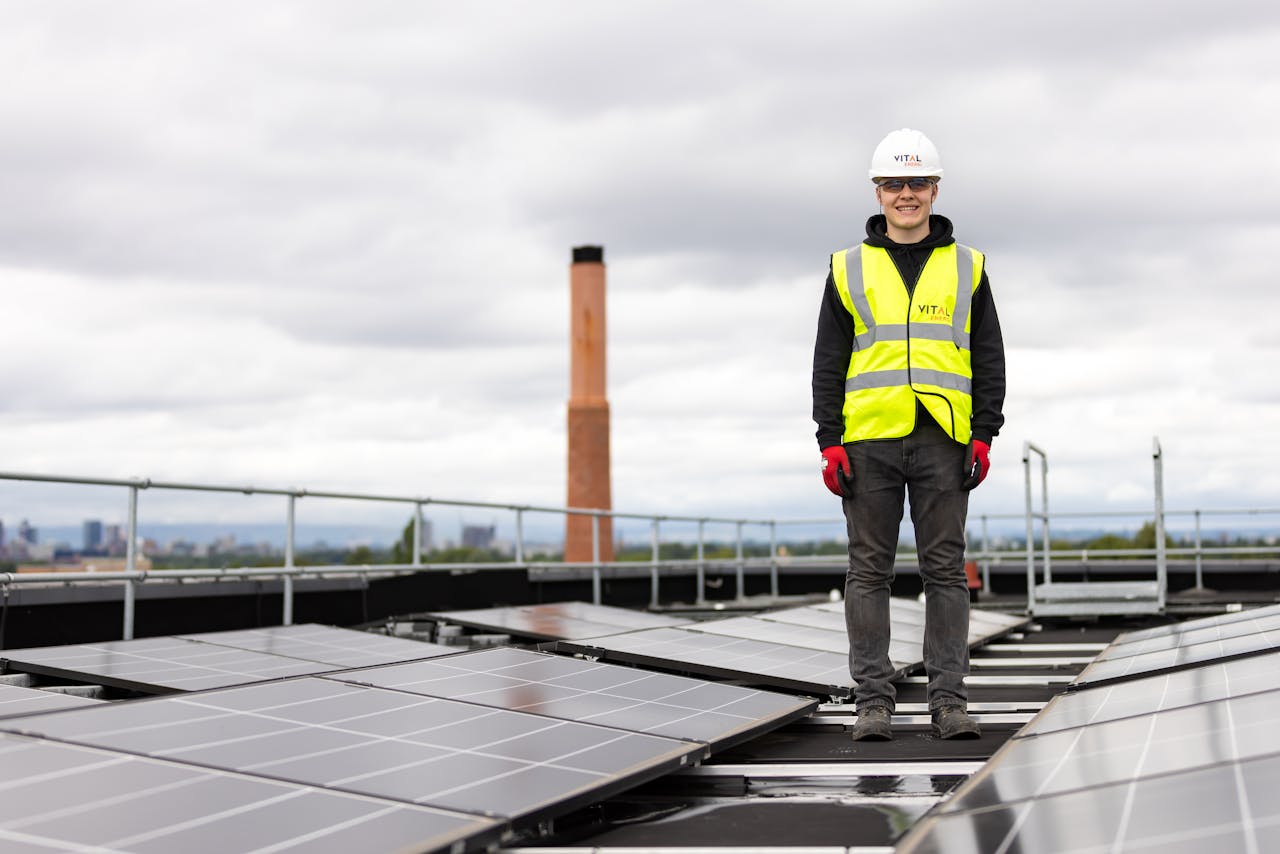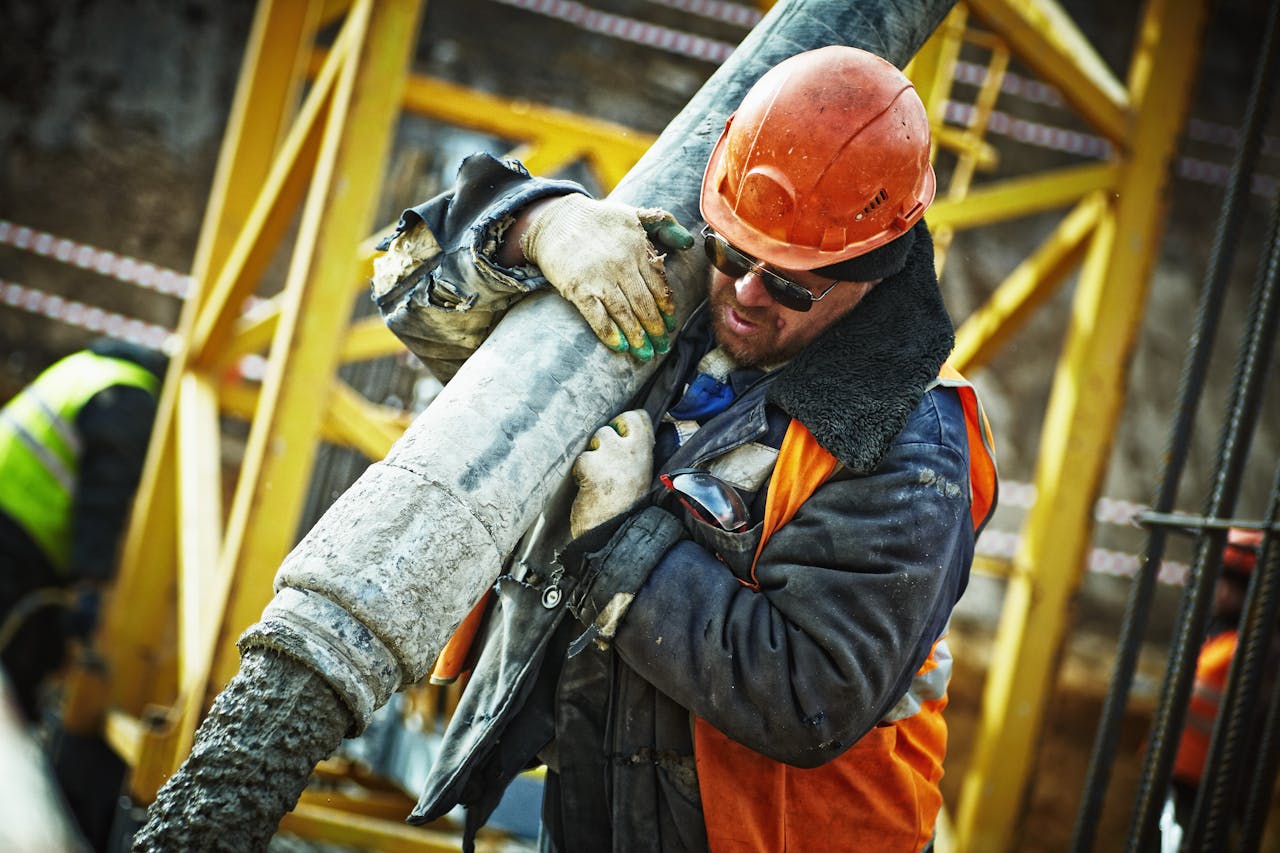In a world increasingly concerned with environmental health and sustainability, stack emission sampling has emerged as a critical tool for monitoring and controlling air pollution. This process plays an essential role in ensuring industries comply with regulations and helps to safeguard public health by identifying harmful pollutants released into the atmosphere.
What Is Stack Emission Sampling?
Stack emission sampling refers to the process of measuring and analyzing the pollutants emitted from industrial stacks, also known as smokestacks or flue stacks. These stacks are typically associated with industries like power plants, manufacturing facilities, chemical refineries, and waste incinerators. The emissions from these stacks can include a wide range of harmful substances, including particulate matter (PM), gases like sulfur dioxide (SO2), nitrogen oxides (NOx), volatile organic compounds (VOCs), and greenhouse gases like carbon dioxide (CO2).
The primary goal of stack emission sampling is to assess the concentration and types of pollutants being released into the air. This data helps regulatory authorities monitor compliance with air quality standards and allows industries to implement control measures to reduce their environmental impact.
The Importance of Stack Emission Sampling
Industries are major contributors to air pollution, and stack emissions are among the most significant sources. Without proper monitoring, these emissions can lead to serious environmental and public health consequences, such as respiratory illnesses, smog, acid rain, and even climate change. Here are several reasons why stack emission sampling is essential:
- Compliance with Regulations: Governments worldwide have implemented stringent air quality regulations to limit industrial pollution. Stack emission sampling helps industries meet these legal standards by ensuring that their emissions remain within permissible limits. Non-compliance can result in hefty fines, legal action, and damage to a company’s reputation.
- Public Health Protection: Industrial emissions often contain hazardous pollutants like heavy metals, particulate matter, and toxic gases that pose significant health risks to nearby communities. Accurate stack emission sampling allows industries to identify and reduce the release of harmful substances, ultimately protecting public health.
- Environmental Protection: Pollutants released from industrial stacks can harm ecosystems, contribute to acid rain, and degrade air quality. Monitoring emissions helps reduce these environmental impacts, promoting cleaner air, healthier wildlife habitats, and overall ecological balance.
- Operational Efficiency: Beyond compliance, regular stack emission testing can help industries optimize their processes. Identifying excessive emissions can indicate inefficiencies in fuel combustion, energy use, or production methods. Correcting these inefficiencies not only reduces pollution but can also lead to cost savings in the long run.
The Stack Emission Sampling Process
Stack emission sampling involves a series of precise steps designed to capture and analyze the pollutants being emitted. The process generally includes:
- Selection of Sampling Points: First, the stack is evaluated to identify the best locations for sampling. This usually involves selecting points along the stack where emissions are most representative of overall output, ensuring that results are accurate and reliable.
- Collection of Samples: Air samples are collected from the stack using specialized equipment such as probes, filters, and impingers. These tools are designed to capture gases, particulate matter, and other pollutants. The sampling method may vary depending on the type of emission being monitored—some pollutants require high-temperature sampling, while others may need specific filtration techniques.
- Sample Analysis: Once samples are collected, they are sent to a laboratory for analysis. This analysis typically involves determining the concentration of specific pollutants, such as SO2, NOx, or particulate matter, and comparing the results to regulatory limits.
- Reporting and Compliance: After analysis, the results are compiled into a report that is submitted to regulatory bodies. If the emissions exceed legal limits, industries may be required to take corrective actions, such as improving emission control technologies or optimizing operational processes.
Key Techniques in Stack Emission Sampling
Several techniques are used for stack emission sampling, each suited for different types of pollutants:
- Isokinetic Sampling: This technique ensures that the velocity of the gas entering the sampling device matches the velocity of the gas in the stack. It’s particularly useful for collecting particulate matter and ensuring accurate measurement of dust and soot.
- Gas Sampling: Gas analyzers are used to detect the concentration of gases like CO2, NOx, and SO2. Instruments such as infrared analyzers or gas chromatography are often employed for precise measurement.
- Gravimetric Analysis: This method is used to measure the mass of particulate matter by collecting it on a filter and weighing it before and after the sampling.
Challenges and Future of Stack Emission Sampling
While stack emission sampling is a proven and effective method, challenges remain. These include the need for accurate, real-time data, especially for facilities that operate continuously. To address this, many industries are moving toward continuous emission monitoring systems (CEMS), which provide real-time data on pollutant levels and help industries stay within compliance limits.
The future of stack emission sampling lies in combining traditional sampling methods with advanced technologies like artificial intelligence, remote sensing, and data analytics to provide more efficient and reliable air quality control.
Conclusion
Stack emission sampling is a critical component of air quality management and environmental protection. By accurately measuring industrial emissions, this process not only helps industries stay compliant with regulations but also protects public health and the environment from harmful pollutants. As technology advances, the future of emission monitoring promises to be even more efficient and impactful.
4o


